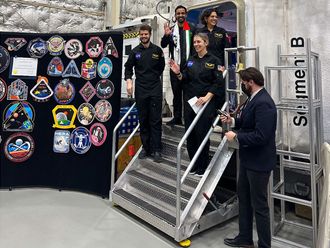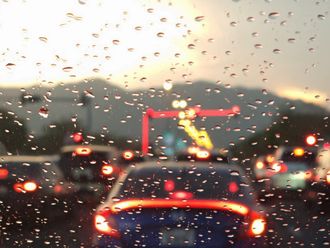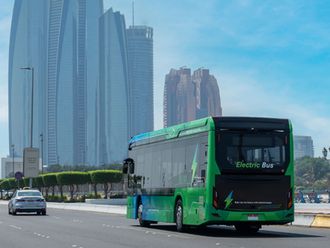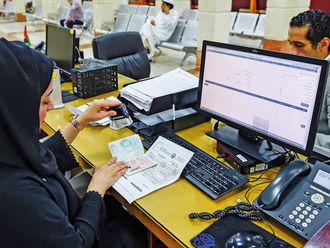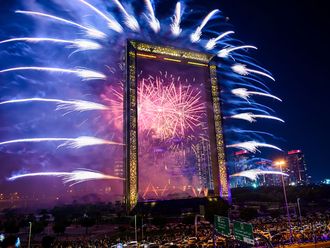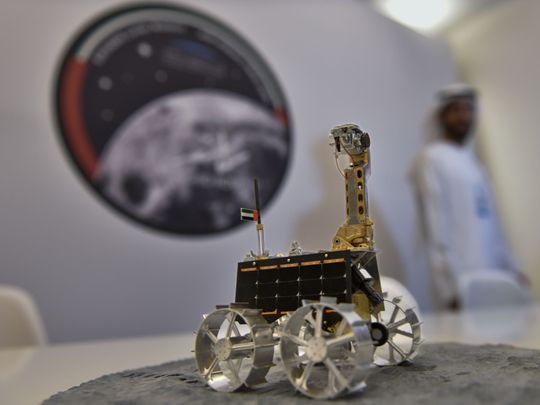
Dubai: The UAE-made Rashid Rover that was successfully launched on Sunday, aboard the Japanese lunar lander Hakuto-R, is now making its five-month, fuel-saving 384,400km journey to the surface of the Moon.
Weighing only 10kg with payload and measuring 70cm in height; 50cm in both length and width, Rashid Rover – which is almost the same size as a plane’s regular carry-on luggage – is designed as the world’s most compact rover to traverse and explore the Moon’s surface.
It is expected to land on the Atlas Crater, located at 47.5°N, 44.4°E on the Moon’s southeastern outer edge of Mare Frigoris (Sea of Cold), by April next year.
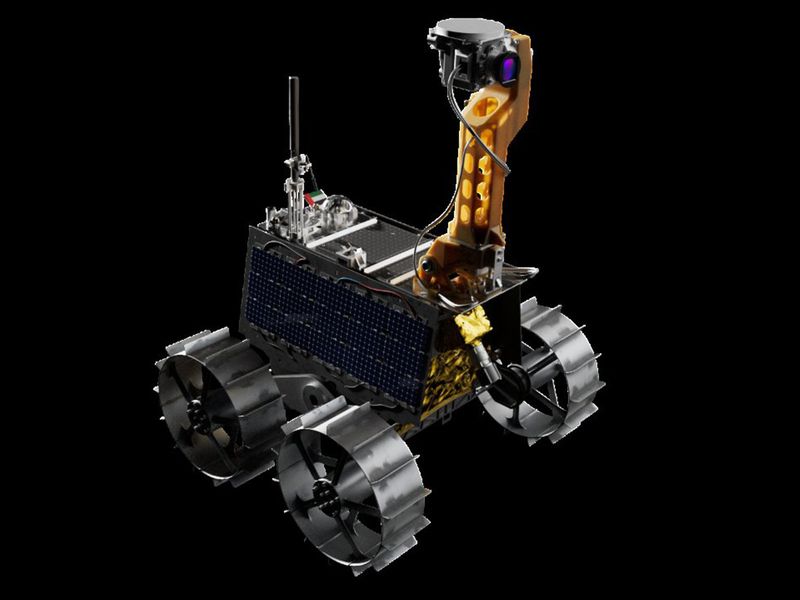
How exactly will it operate on the Moon and study its petrography (composition and properties of lunar rocks) and geology? How will it take photos of the Moon’s dust movement, surface plasma conditions, and lunar regolith (blanket of superficial deposits covering solid rocks)?
Powered by the sun
According to the Mohammed bin Rashid Space Centre (MBRSC), the Emirati-made lunar rover will operate on solar panels that were mounted at a certain angle to maximise the collection of solar energy.
It will carry four cameras, including two main cameras – a microscopic and a thermal imaging camera – in addition to sensors and systems equipped to characterise the soil, dust, radioactive and electrical activities, and rocks on the Moon’s surface.
The four-wheeled rover will perform numerous scientific experiments to measure the effectiveness of some materials on the lunar surface, such as the efficiency of adhesion of the rover wheels to the lunar surface, and explore the process of overcoming natural obstacles on the moon.
Surviving harsh environment
The Moon’s environment is very harsh. Its temperature drops to as low as minus 173 degrees Celsius, from as high as 127 degrees Celsius, when sunlight hits the Moon’s surface. But Rashid Rover is equipped with the latest technologies that can resist the lunar surface temperature, according to MBRSC.
Rashid Rover — named after the late Sheikh Rashid bin Saeed Al Maktoum, builder of modern Dubai — will study the surroundings for at least one lunar day (equivalent to 14 Earth days). Its Langmuir probe, for instance, can help scientists better understand the electrically charged environment at the lunar surface, which is apparently caused by the solar wind which is a stream of charged particles from the sun.
Communication channels
Once on the surface of the Moon, Rashid Rover will communicate with the MBRSC mission control centre (MCC) in Dubai using its two built-in communication channels. The primary communications channel allows high-speed bandwidth that transfers information from the rover through the lander and then to the ground station.
The secondary communication channel is used for direct communication between the Rashid Rover and the ground station at the MBRSC in Dubai. The secondary channel will be activated in the event of a malfunction in the main communication channel and during the lunar night recovery phase.
‘Gateway for future space exploration’
MBRSC noted: “This ambitious mission undertaken by the UAE to study the surface of the Moon is considered a gateway for future exploration of other planets, especially for Mars under the Mars 2117 programme.”
Hamad Obaid Al Mansoori, chairman of MBRSC, said: “With the Emirates Lunar Mission’s successful launch, the UAE space industry is entering a new era and is on course to go down in the history of lunar missions. The Emirates Lunar Mission (ELM) embodies the spirit of the UAE’s innovation and scientific progress in accordance with the vision of its wise leadership, which encourages scientific ambition and achievement. And as it followed the 51st UAE National Day, there was no better way to honour this momentous national accomplishment.”
Salem AlMarri, director general of MBRSC, added: “We have made history with the launch, and what an incredible sight to watch the first Emirati mission to the Moon take off. It’s taken a lot to get here, and I congratulate everyone who was behind the mission. We now look forward to the landing on the Moon’s surface and completing the Emirates Lunar Mission, which will contribute to future explorations and beyond.”
One-way trip
Rashid Rover will not return to Earth. It’s a one-way flight and there is no transport that will bring back Rashid Rover and Hakuto-R. What Rashid Rover will bring back to Earth are multiple images — around 10 gigabytes of recorded material and scientific data. The ELM team at MBRSC will use these to test new technologies in material science, robotics, mobility, navigation and communications. The findings will also help in the design of future missions to survive and function in harsh space environment.
Moon and beyond
Hamad Al Marzooqi, project manager of the Emirates Lunar Mission, earlier told Gulf News: “ELM will pave the way for the realisation of the UAE Mars 2117 Programme. Going to the moon is one of the steps to reach Mars and other planets.”
Al Marzooqi added international space agencies are developing a lunar gateway. “It will be like an international space station orbiting the Moon that will be used to ferry scientific experiments and conduct activities to land on the surface of the Moon,” he explained.
He added: “Alongside the lunar gateway, there are also efforts to build base stations for human settlement on the moon that can be used to support longer human missions. The Moon will be used as a base camp where we fuel and continue the journey to farther celestial bodies in our solar system.”




